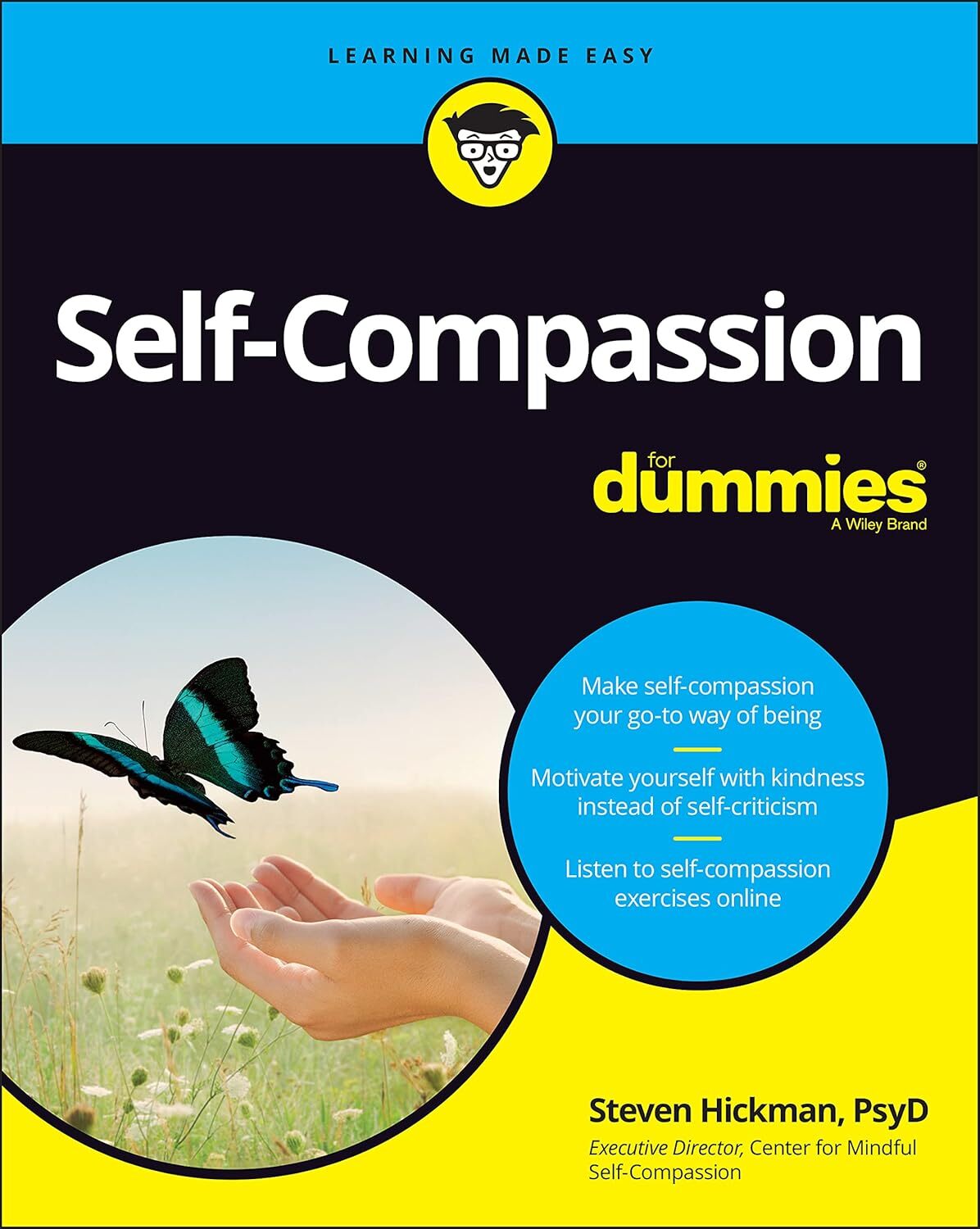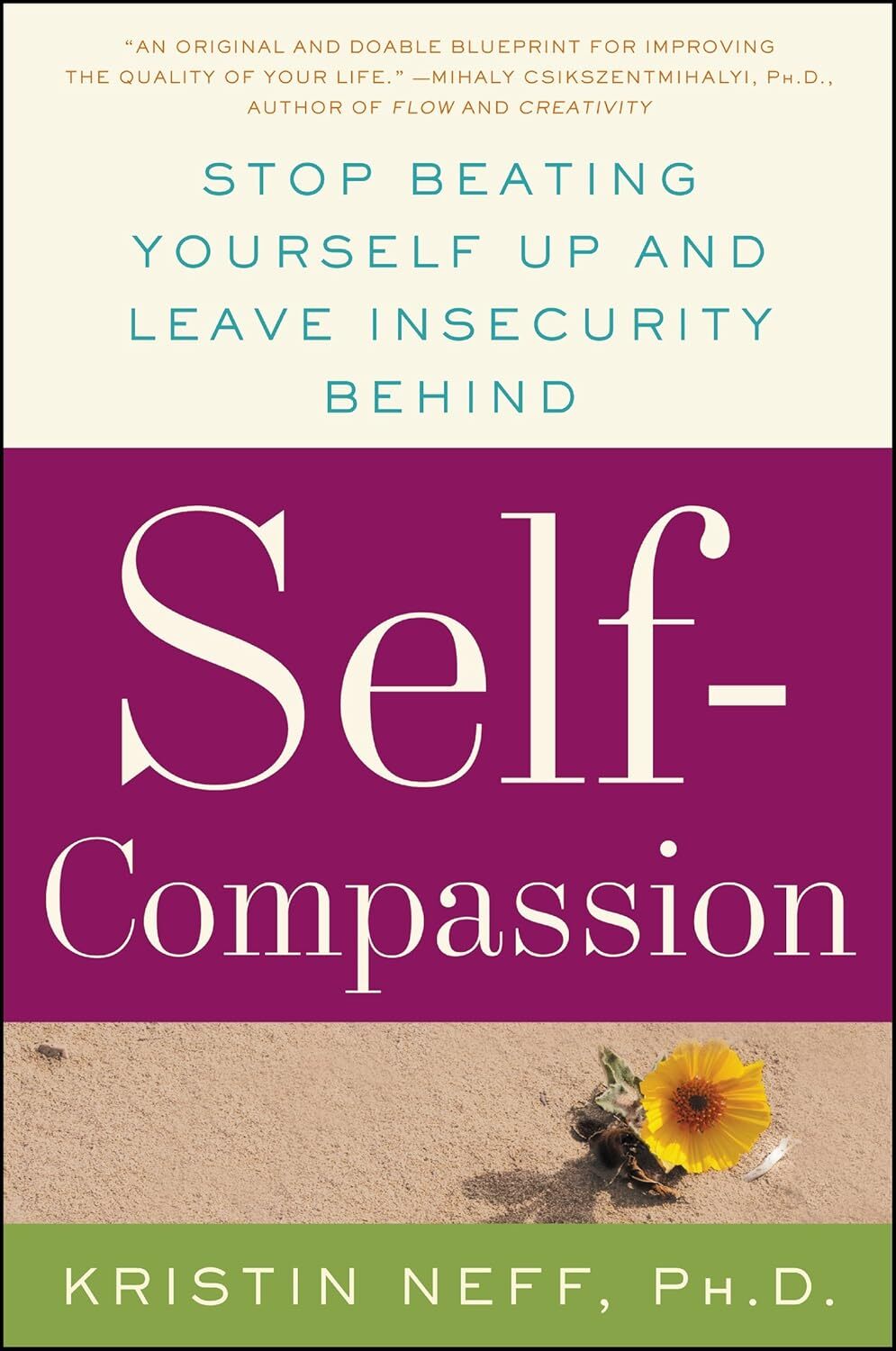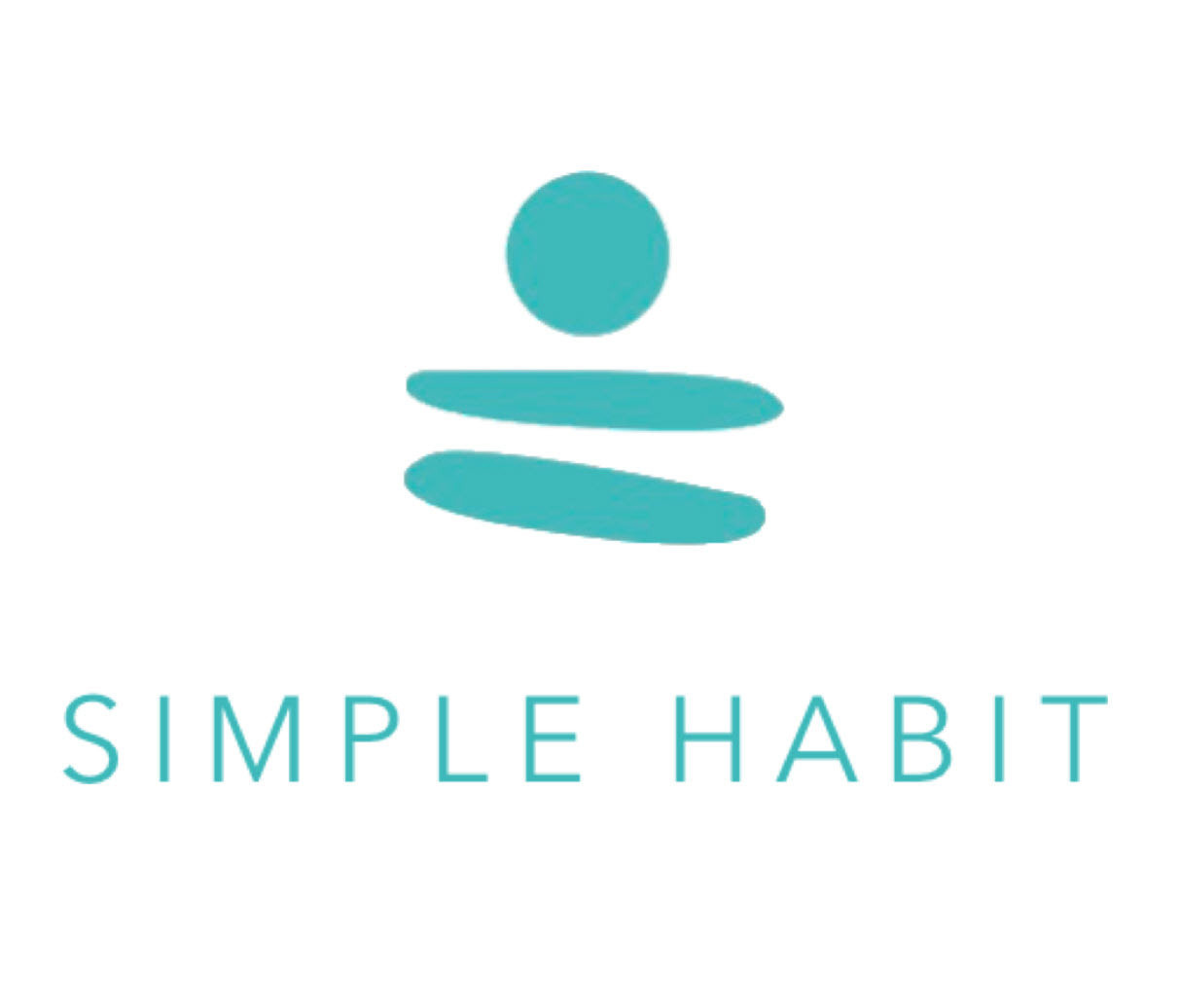Self-Compassion Break
Cultivate Kindness Toward Yourself in Moments of Stress, Pain, or Suffering

Introduction
Self-Compassion Break is a brief mindfulness practice that helps you respond to stress, pain, or self-criticism with kindness, understanding, and acceptance. It fosters emotional resilience, reduces negative self-talk, and promotes mental well-being, making it ideal for daily use or challenging moments.
Why It Works
The Self-Compassion Break technique is grounded in self-kindness, common humanity, and mindfulness. It activates the brain’s soothing system, engaging the ventromedial prefrontal cortex and reducing amygdala activity. Research shows it lowers cortisol, decreases anxiety and depression symptoms, and improves emotional regulation, helping you navigate difficulties with self-acceptance.
How To Do It
Instructions:
- “This is a moment of suffering” or
- “This is hard right now.”
- “Suffering is part of life” or
- “Others feel this way too.”
- “May I be kind to myself” or
- “May I give myself compassion.”
Helpful Tips:
- Keep It Brief: Ideal for quick use during stress.
- Personalize Phrases: Use words like “May I feel peace” that resonate.
- Use Physical Touch: A hand on your heart enhances soothing.
- Keep Your Radar Up: Recognize your stressful events early on.
- Put It In A Box: If you can't do self-compassion exercises now, put it in a box for later.
- Practice Anywhere: Try it at your desk, in a car, or on a walk.
- Combine with Breathing: Pair with deep breaths for relaxation.
- Be Patient: Self-compassion may feel new but grows with practice.
- Track Mood: Journal emotional changes to notice progress.
- Repeat as Needed: Use multiple times daily during challenges.
Recommended Videos
The Self-Compassion Break
Mindfulness
Guided Meditation for Self-Compassion
Green Mountain at Fox Run
General Self-Compassion Break
Dr. Kristin Neff
Influential Books
Explores compassion-focused practices, including exercises similar to the Self-Compassion Break, to manage stress and self-criticism.
A beginner-friendly guide with actionable steps to practice self-compassion in daily life.
Offers expert advice on how to limit self-criticism and offset its negative effects, enabling you to achieve your highest potential and a more contented, fulfilled life.
* As an Amazon Associate I earn from qualifying purchases.
Helpful Websites
Popular Apps
Scientific Research
- Neff, K. D., & Germer, C. K. (2013). A Pilot Study and Randomized Controlled Trial of the Mindful Self-Compassion Program. Journal of Clinical Psychology, 69(1), 28-44. https://pubmed.ncbi.nlm.nih.gov/23070875/
- Gilbert, P., & Procter, S. (2006). Compassionate Mind Training for People with High Shame and Self-Criticism. Clinical Psychology & Psychotherapy, 13(6), 353-379. https://pubmed.ncbi.nlm.nih.gov/16983688/
- Bluth, K., & Neff, K. D. (2018). New Frontiers in Understanding the Benefits of Self-Compassion. Self and Identity, 17(6), 605-608. https://pubmed.ncbi.nlm.nih.gov/30479604/
Related Topics:
Strongly Related
Reduce Stress:
[Links to related web pages]
[Links to related web pages]
[Links to related web pages][Links to related web pages]
Moderately Related
Issue B:
[Links to related web pages]
[Links to related web pages]










